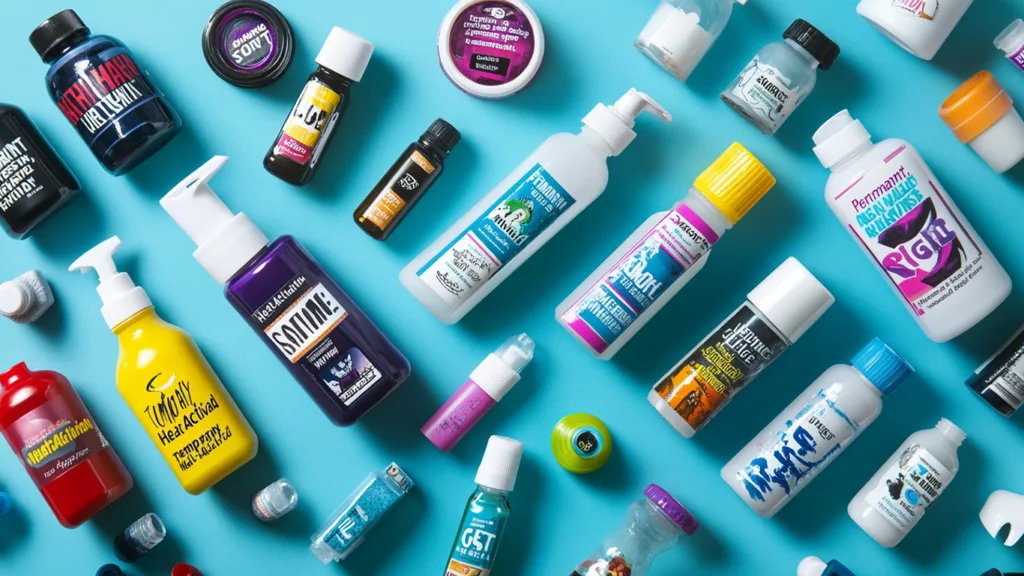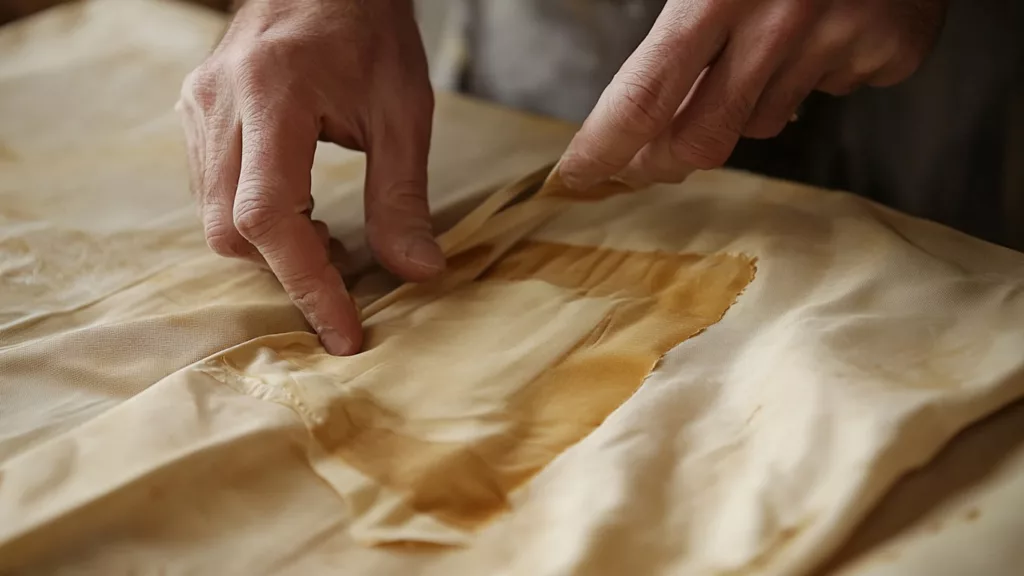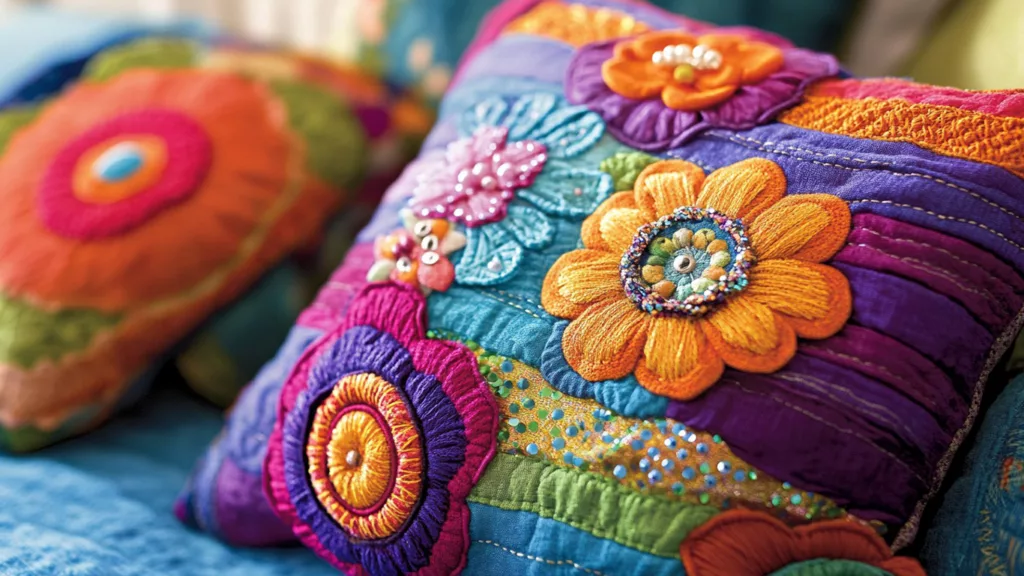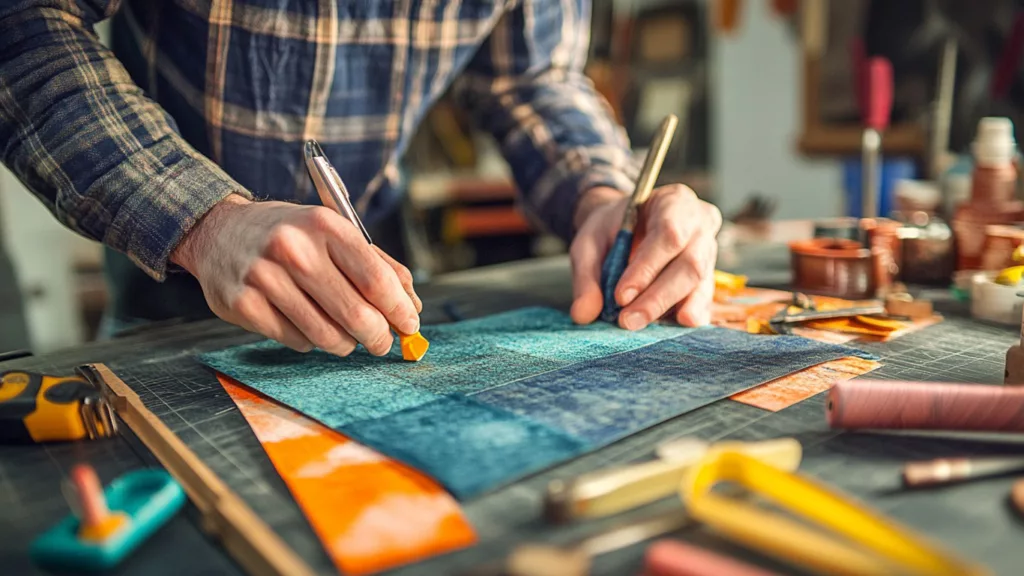Fabric glue is a game-changer in the world of crafts, fashion, and home repairs. Its versatility and ease of use make it a favorite among DIY enthusiasts and professionals alike. Whether you’re mending a torn hem, creating intricate designs on clothing, or experimenting with fabric-based art, fabric glue offers a reliable and quick solution. This comprehensive guide explores everything you need to know about fabric glue, from its types and applications to expert tips for optimal results.
What Is Fabric Glue?
Fabric glue is a specialized adhesive designed to bond fabric materials without the need for sewing. It acts as a liquid stitch, creating a strong and durable hold that withstands washing, stretching, and general wear. Unlike standard adhesives, fabric glue is formulated to maintain the flexibility and softness of textiles, making it ideal for a wide range of projects.
Types of Fabric Glue

Permanent Fabric Glue
- Designed for long-lasting bonds.
- Perfect for repairs, quilting, or items requiring durability.
- Remains flexible after drying and withstands multiple washes.
Temporary Fabric Glue
- Used for basting or positioning fabrics temporarily.
- Easily removable with water or heat.
- Ideal for sewing projects to hold fabrics in place without pins.
Heat-Activated Fabric Glue
- Requires an iron to activate the adhesive.
- Commonly used in hemming tapes and fusible webbing.
- Ensures a strong and seamless bond for hems and trims.
Spray Adhesive for Fabrics
- Provides an even application over large surfaces.
- Useful for upholstery, stenciling, and fabric-backed projects.
- Dries quickly and minimizes mess.
Key Benefits of Using Fabric Glue

- Time-Saving: Eliminates the need for sewing, making repairs and crafts faster.
- Versatile Applications: Bonds fabric to fabric, and sometimes to other materials like wood, plastic, or metal.
- Non-Invasive: Leaves no visible marks or stitches, maintaining the aesthetic of your project.
- Flexible and Durable: Retains the natural movement and feel of the fabric.
How to Choose the Best Fabric Glue
Selecting the right fabric glue depends on your project needs. Consider the following factors:
- Fabric Type: Lightweight fabrics like silk require a gentle adhesive, while denim or canvas benefit from heavy-duty glue.
- Project Longevity: For temporary fixes, opt for washable, removable glue. Permanent projects need strong, long-lasting adhesive.
- Drying Time: Some glues dry instantly, while others allow adjustment time. Match your choice to your skill level and project complexity.
Step-by-Step Guide to Using Fabric Glue

Preparation
- Clean the fabric to remove dirt, oils, or loose fibers.
- Lay the fabric flat and test the glue on a scrap piece.
Application
- Apply a thin, even layer of glue to one surface.
- For intricate designs, use a precision tip applicator.
Bonding
- Press the glued surfaces together firmly.
- Use clips or weights for added pressure during the drying process.
Drying and Curing
- Allow the glue to dry according to the manufacturer’s instructions.
- Some glues may require 24 hours for a complete cure.
Tips for Successful Fabric Glue Projects
- Use parchment paper underneath to prevent glue from sticking to unintended surfaces.
- Avoid over-application, as excess glue can seep through and harden on fabric.
- Store fabric glue in a cool, dry place to extend its shelf life.
Common Uses of Fabric Glue
Clothing Repairs
- Hemming pants, skirts, or dresses without a sewing machine.
- Fixing rips and tears in fabric quickly and invisibly.
Craft Projects
- Embellishing clothing or accessories with sequins, beads, or lace.
- Creating no-sew pillows, tote bags, or wall hangings.
Upholstery and Home Decor
- Attaching trim, tassels, or patches to curtains or cushions.
- Reinforcing seams or repairing small damages on furniture fabrics.
Fabric Glue vs. Sewing: Which Is Better?
While sewing offers unparalleled strength and precision for certain projects, fabric glue shines in situations requiring speed and convenience. For repairs on delicate fabrics, hard-to-reach areas, or temporary fixes, fabric glue is the superior choice. However, for items subjected to heavy use, such as outdoor gear or upholstered furniture, sewing may offer greater reliability.
Caring for Fabric Glued Items
To extend the lifespan of items repaired or created with fabric glue:
- Wash gently in cold water.
- Avoid high heat in dryers or irons.
- Reapply glue if edges begin to lift after extended use.
FAQs
What is the best fabric glue for heavy fabrics?
Heavy-duty fabric glue, such as E6000 Fabri-Fuse, works best for materials like denim or canvas.
Can fabric glue be used on leather?
Yes, but ensure the glue is compatible with leather. Look for multi-surface or fabric-specific adhesives.
Is fabric glue safe for children’s projects?
Most fabric glues are non-toxic, but always check the label for safety information.
Can I use fabric glue for outdoor items?
Choose waterproof and UV-resistant fabric glues for outdoor use.
Does fabric glue leave stains?
High-quality fabric glues dry clear and leave minimal residue if applied correctly.
How long does fabric glue last?
When used and stored properly, fabric glue can last for years on bonded materials.
Conclusion
Fabric glue is an indispensable tool for anyone passionate about crafting, designing, or repairing textiles. Its ease of use, versatility, and durability make it a staple in homes and workshops alike. By understanding the types of fabric glue and how to use them effectively, you can confidently tackle projects ranging from minor repairs to elaborate creative endeavors. Invest in high-quality fabric glue and experience the joy of crafting without limits.











